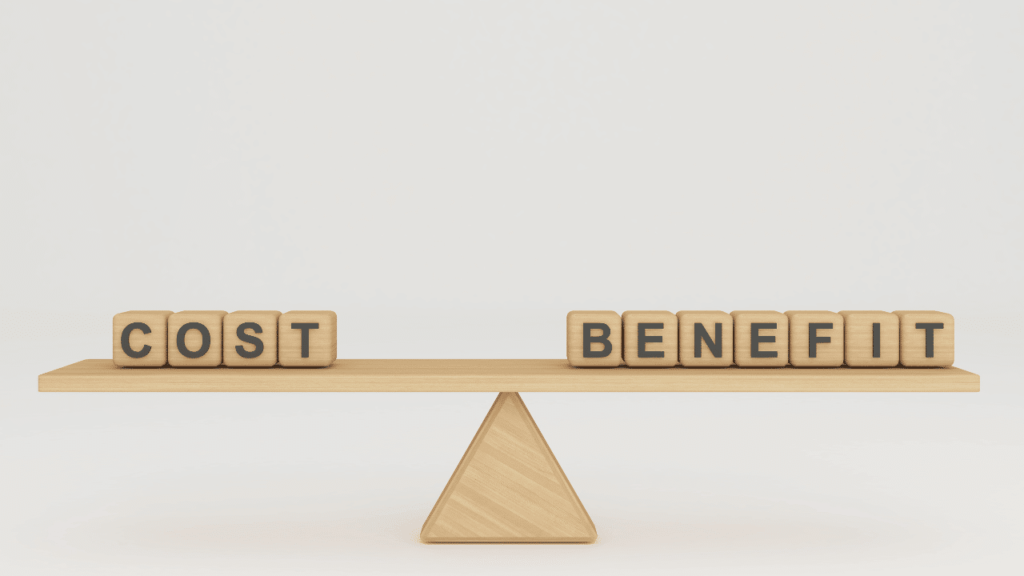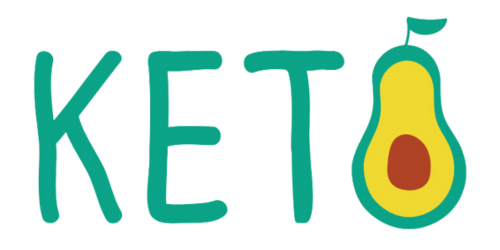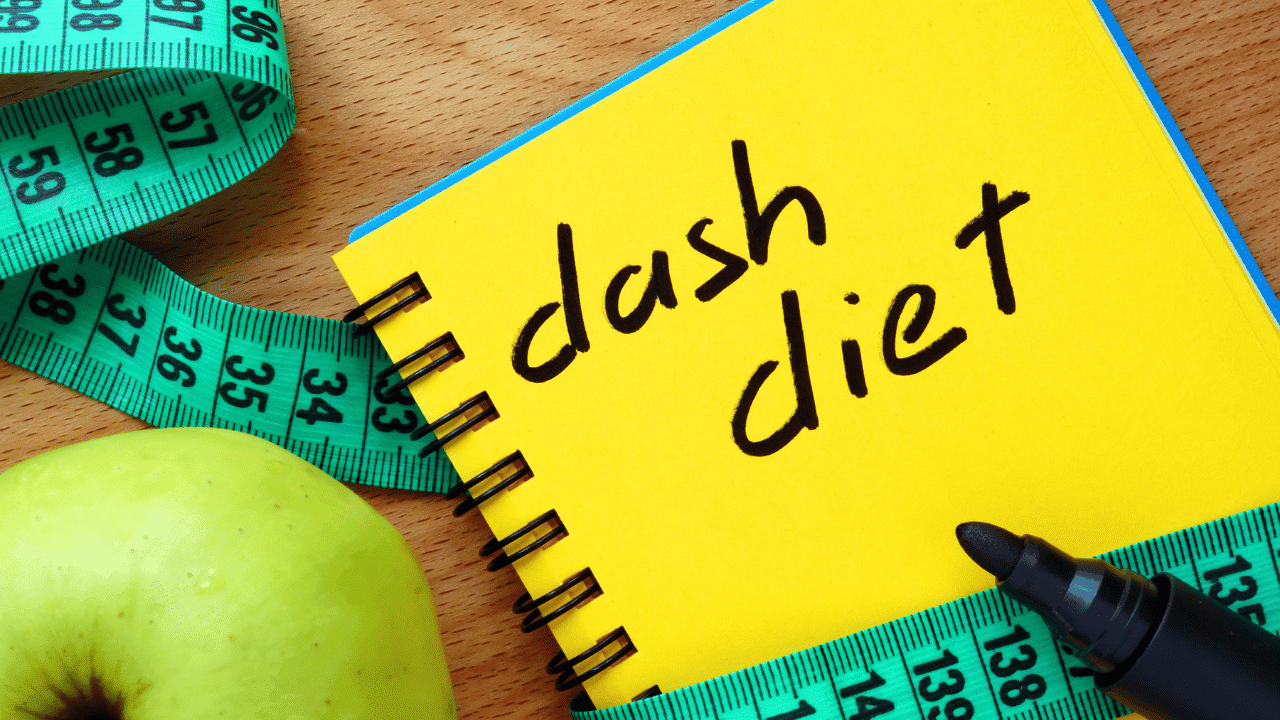Definition
DASH refers to the dietary strategies used to reduce hypertension. High blood pressure may be treated or prevented using the DASH diet, a healthy eating regimen (hypertension).
Origin
The DASH diet was developed in the 1990s to reduce blood pressure. The NIH began financing studies in 1992 to determine whether or not specific dietary treatments were effective in managing hypertension.
How does the DASH diet works?
Getting started with DASH doesn’t need instantaneous transformation. On the contrary, start with the minor modifications you are comfortable with. For example:
-Make at least two of your weekly meat-free meals.
-Try using herbs and spices to flavor meals without adding salt.
-Increase your daily intake of produce by including a serving of fruit or vegetables at each meal.
-Substitute a handful of almonds or pecans for a bag of chips.
-After eating, go for a short stroll, preferably 15 minutes
-When you can, use whole wheat flour instead of white flour.
Overall some positive aspects of the DASH diet

In addition to lowering blood pressure, the DASH diet may help with weight reduction and cancer prevention.
DASH was developed primarily to reduce blood pressure, so you shouldn’t count on it to help lose weight. It’s possible that losing weight is only a side benefit.
Lowers Blood Pressure
Your blood pressure quantifies the force exerted by your blood on your blood vessels and organs.
It has two numerical values:
-Systolic pressure: The force exerted on your blood vessels every time your heart beats.
-Diastolic pressure: Blood pressure is the force exerted by the heart on the blood arteries while resting.
The normal range for an adult’s blood pressure is less than 120/80 mm Hg for the systolic and diastolic readings.
The systolic pressure is often listed first, followed by the diastolic pressure, as in 120 over 80.
A blood pressure value of 140 over 90 is clinically indicative of hypertension.
Intriguingly, the DASH diet has been shown to reduce blood pressure in both healthy individuals and those with hypertension.
Studies show that adhering to the DASH diet decreases blood pressure, even if weight loss and salt restriction are not achieved.
However, the DASH diet was much more effective in reducing blood pressure when salt consumption was limited. Those who consumed the least amount of salt had the most significant improvements in blood pressure.
People who already had high blood pressure had the most significant benefits from the DASH diet’s low-salt recommendations, with systolic blood pressure dropping an average of 12 mmHg and diastolic blood pressure lowering an average of 5 mmHg.
It lowered systolic and diastolic blood pressure by 4 and 2 mmHg in healthy individuals.
Consistent with previous research, this suggests that cutting less on salt may help lower blood pressure, particularly in people who already have hypertension.
It could help you lose weight
Whether you manage to shed pounds while following the DASH diet, you will almost certainly see a decrease in your blood pressure.
Nonetheless, if you have hypertension already, you have probably been told to reduce your weight.
This is because increased body mass usually results in elevated blood pressure.
Weight loss has also been linked to reduced blood pressure.
The DASH diet is effective for weight loss in several trials.
However, those who have successfully lost weight while following the DASH diet have been instructed to maintain a calorie deficit.
Many high-fat and sugary foods are eliminated from the DASH diet, which may lead to a natural reduction in calorie consumption and subsequent weight loss. In contrast, some individuals may have to control their consumption actively.
Possible Additional Health Benefits

-Reduces the risk of cancer
A recent assessment found that following the DASH diet reduced colorectal and breast cancer risk.
-Lowers metabolic syndrome risk
The DASH diet has been shown in some trials to lower the risk of developing metabolic syndrome by as much as 81%.
-Lowers diabetes risk
It has been hypothesized that adhering to this diet may reduce the likelihood of developing type 2 diabetes. It has also been shown in specific research to reduce insulin resistance.
-Decreases heart disease risk
One recent assessment found that women who followed a diet similar to DASH had a 20% reduced risk of heart disease and a 29% lower risk of stroke.
List of DASH diet-compliant food
The DASH diet encourages eating various heart-healthy foods that may be found at a typical grocery shop. These foods’ dietary fiber, magnesium, potassium, and calcium are very high in their natural states. Their salt content is likewise relatively low.
If you follow the DASH diet, you’ll eat plenty of:
-Vegetables.
-Low-fat dairy.
-Whole grains.
-Fruits.
-Nuts, seeds, and legumes.
Foods to minimize on DASH

As part of the DASH eating plan, reducing the intake of high-sodium foods is also recommended. A few examples are as follows:
-Full-fat dairy products include whole milk, cream, and butter.
-Sugary beverages include soda, fruit juice, and sweetened beverages.
-Coconut and palm oils, for example, are solid at room temperature.
-Grass-fed red beef and skin-on chicken are examples of fatty meats.
-Candies, pastries, and desserts are examples of foods that are high in sugar.
DASH Diet is ranked
#2 in Best Diets Overall
#25 in Best Fast Weight-Loss Diets
#10 in Best Weight-Loss Diets
#3 in Best Heart-Healthy Diets
#5 in Best Diabetes Diets
#2 in Best Diets for Healthy Eating
#6 in Easiest Diets to Follow
Benefits and Drawbacks of the DASH diet

Benefits of the DASH diet
-Accessible
-Flexible
-Health advantages supported by evidence
-Nutritional balance
-Endorsed by prominent medical groups
-Developed for continuous health and fitness
Drawbacks of the DASH diet
There are no convenience foods.
There is no organized help.
It isn’t easy to keep up.
Significant dietary tracking is required.
It may not be suitable for everyone.
Not intended for weight loss
Conclusion
The DASH diet has been gaining popularity in recent years as a straightforward and efficient method of lowering blood pressure.
Although reducing salt consumption to 3/4 of a teaspoon (1,500 mg) daily may help lower blood pressure, it should be noted that this has not been connected to any concrete health advantages, such as a decreased risk of heart disease.
However, the regular low-fat diet, which has not been shown in extensive controlled studies to lower the risk of mortality from heart disease, is very similar to the DASH diet.
A healthy person may not have much of a need to follow this diet. However, DASH may be an excellent option for those with hypertension or who suspect they may be sensitive to salt.

